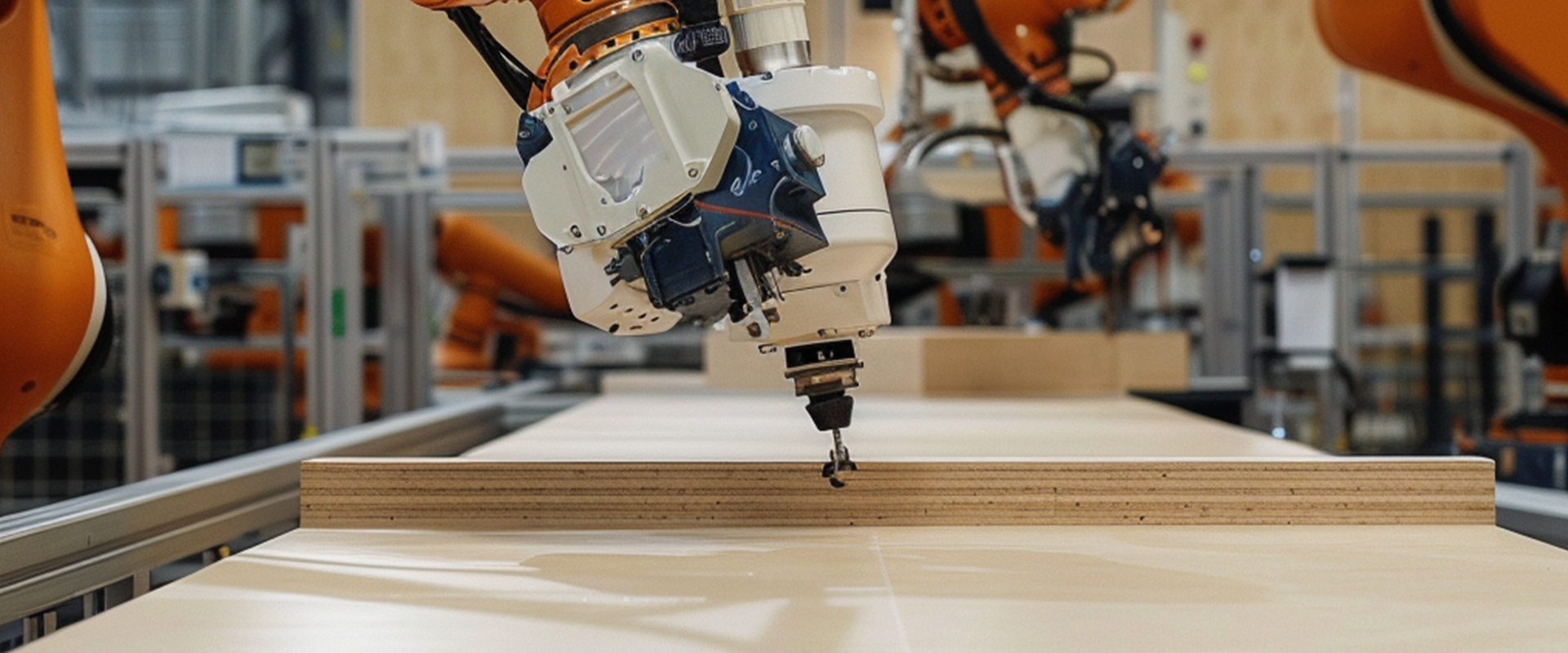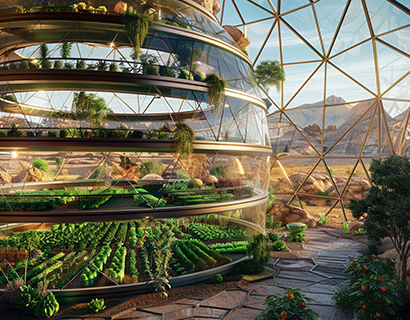Kiri tree & CLT technology for sustainable housing
Kiri Trees and CLT Technology: Pioneering Sustainable Housing in Venus City
In the quest for sustainable urban development, innovative solutions that harmonize with the environment are crucial. Venus City, a model for future habitats, is leading this charge with its revolutionary use of Kiri trees and Cross-Laminated Timber (CLT) technology. This combination not only champions ecological responsibility but also promises a new era of sustainable housing.
The Power of Kiri Trees
The Kiri tree, also known as Paulownia, is celebrated for its rapid growth and impressive carbon sequestration capabilities. It is capable of absorbing carbon dioxide at a rate significantly higher than most other tree species, making it an environmental powerhouse. Furthermore, Kiri trees are non-invasive and can regenerate from their roots after being harvested. This means that once planted, they provide a continuous source of timber without the need for replanting, minimizing disturbance to the soil and the ecosystem.
In Venus City, Kiri trees play a foundational role. They are planted around the city to enhance green cover, improve air quality, and reduce the urban heat island effect. But their contribution does not end with environmental benefits.
Revolutionizing Construction with CLT
Cross-Laminated Timber (CLT) has emerged as a sustainable alternative to traditional building materials like concrete and steel. Made by gluing layers of solid wood panels together to form a material that is both lightweight and strong, CLT is an ideal choice for modern construction. In Venus City, the wood from Kiri trees is used to manufacture CLT, which serves as the primary construction material for building the city’s infrastructure.
The production process of CLT in Venus City is localized, thanks to an on-site CLT board factory. This approach significantly reduces transportation emissions, aligns with the principles of a circular economy, and supports local industries.
Sustainable Housing in Venus City
The use of Kiri wood CLT in construction offers numerous benefits: Durability and Strength: Despite its lightweight nature, CLT offers comparable strength and durability to traditional building materials, making it suitable for a wide range of construction needs from residential housing to public buildings. Thermal Insulation: CLT has excellent thermal insulation properties, which helps in reducing energy consumption for heating or cooling, further contributing to the sustainability goals of Venus City. Seismic Resistance: The flexibility and strength of CLT make it highly resistant to seismic activity, an essential feature for ensuring safety in earthquake-prone regions. Fire Resistance – With an auto ignition temperature of around 400 deg C. (most hardwoods around 220 deg C.)
A Model for the Future
Venus City’s innovative use of Kiri trees and CLT is more than a testament to environmental stewardship—it is a model for future cities around the globe. By integrating the natural benefits of Kiri trees with the technological advances in CLT, Venus City not only addresses the pressing issues of climate change and housing but also sets a new standard for sustainable living.
Conclusion
As we move forward, the lessons learned from Venus City can guide urban development worldwide. The combination of Kiri trees and CLT technology represents a significant step towards building sustainable communities that respect the environment while providing safe, reliable, and affordable housing. Venus City is not just building homes; it's nurturing a vision of the future where technology and nature walk hand in hand.





